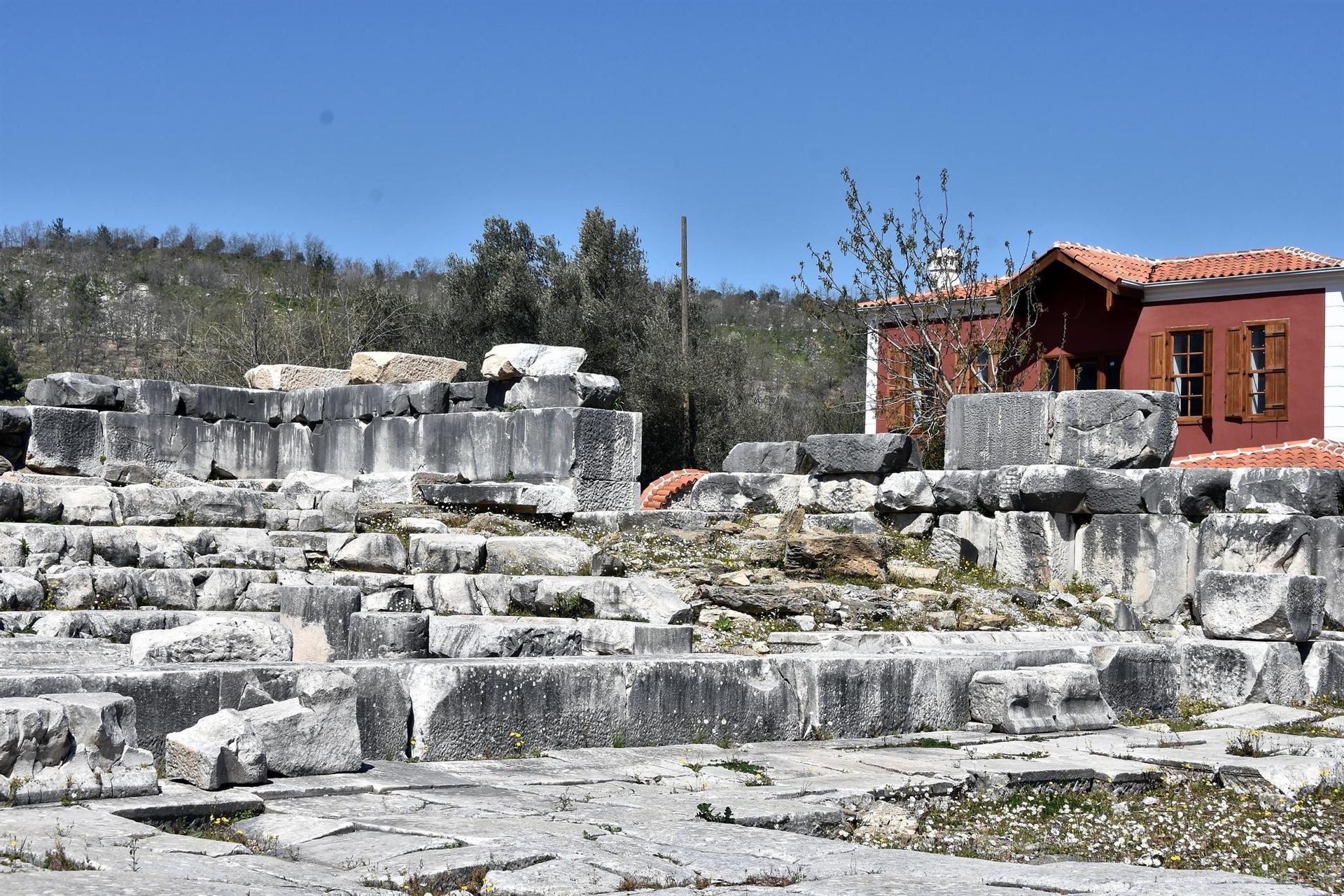
Archaeologists in Turkey have unearthed invaluable ancient agoras, theaters, cities and temples to this day. Most recently, they have unearthed a find that delves deep into daily life in the Roman Empire: A price list of products and services sold during the era.
The find emerged out of the walls of a 2,000-year-old assembly building in the western province of Muğla’s Yatağan district.
The wall was discovered 19 years ago in the ancient city of Stratonikeia, and the list was uncovered when archaeologists finished analyzing the writings on it.

The 3,400 year-old ancient city of Stratonikeia, known as the “city of gladiators,” was once home to the Archaic, Classical, Hellenistic, Roman, Byzantine, Beylic and Ottoman eras. It is one of the rare settlements in the world thanks to this mix of civilizations.
On the walls of the ancient site in Stratonikeia are names and prices of more than 200 products.
The head of the excavations in Stratonikeia, Bilal Söğüt said the list, on the 23-square-meter wall, included food items such as olives.
“All products sold and services given during the Roman period have prices here. We can see all of the products that the ancient era people ate and sold. Even an olive has three to four types. The top-quality olive was sold for 45 denarii [Roman money]. Maximum prices were defined in order to prevent high inflation. They had no chance to sell it at higher prices. There is also a supporting system. Sellers buy products from the producers for five denarii and sell it for three denarii. Rich people pay the price difference. Both producers and consumers are directly supported,” he said.
Located in the Eskihisar neighborhood, the site, which was abandoned after an evacuation in Stratonikeia in 1950, is one of the largest ancient marble cities of the world.
The excavation team in Stratonikeia found a wall of a tomb and a sarcophagus belonging to Roman era, with the findings being bestowed protection.
The gladiator graves at the entrance of the ancient city will also be classified in accordance with the era they belong to, starting from the Bronze Age (3,000 B.C.), and the ones that cannot be protected in their original place will be displayed in their original state.